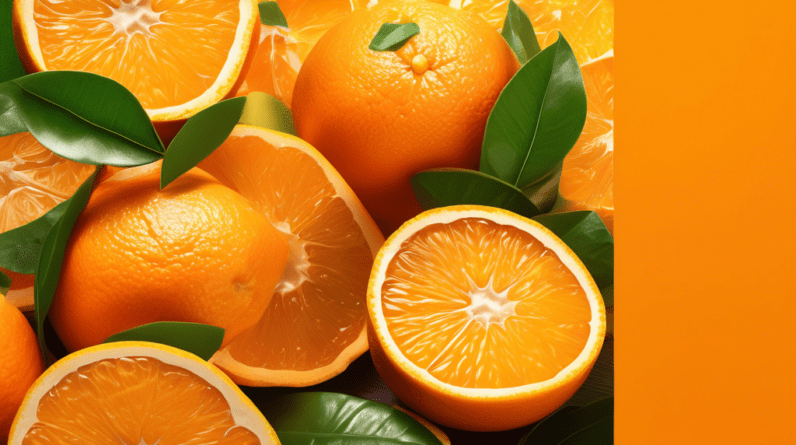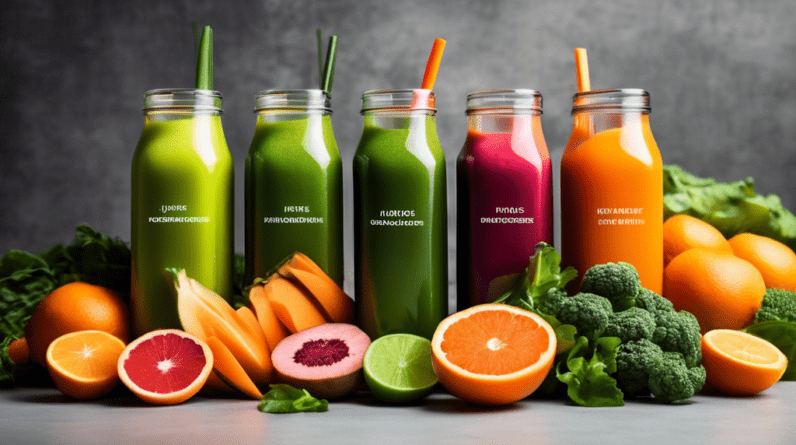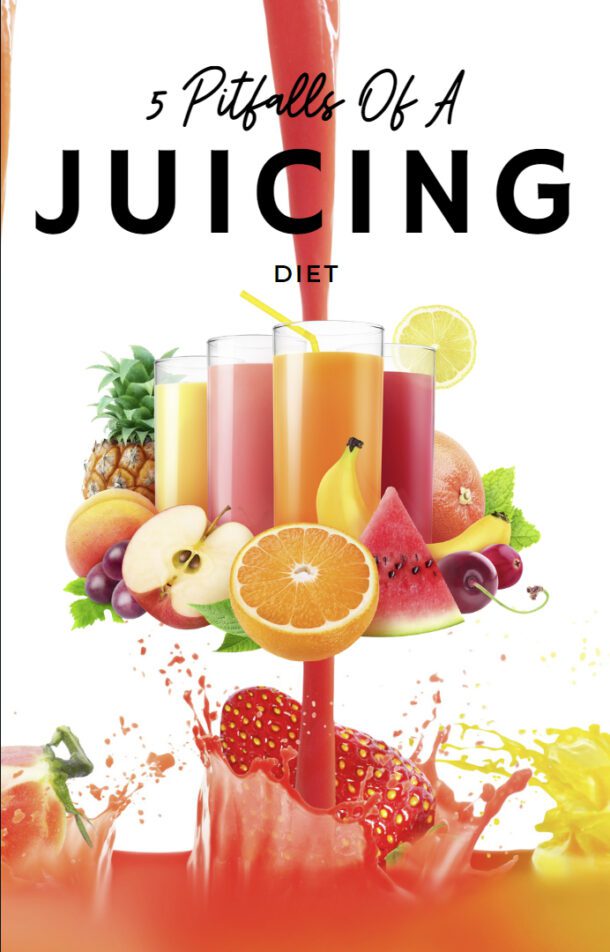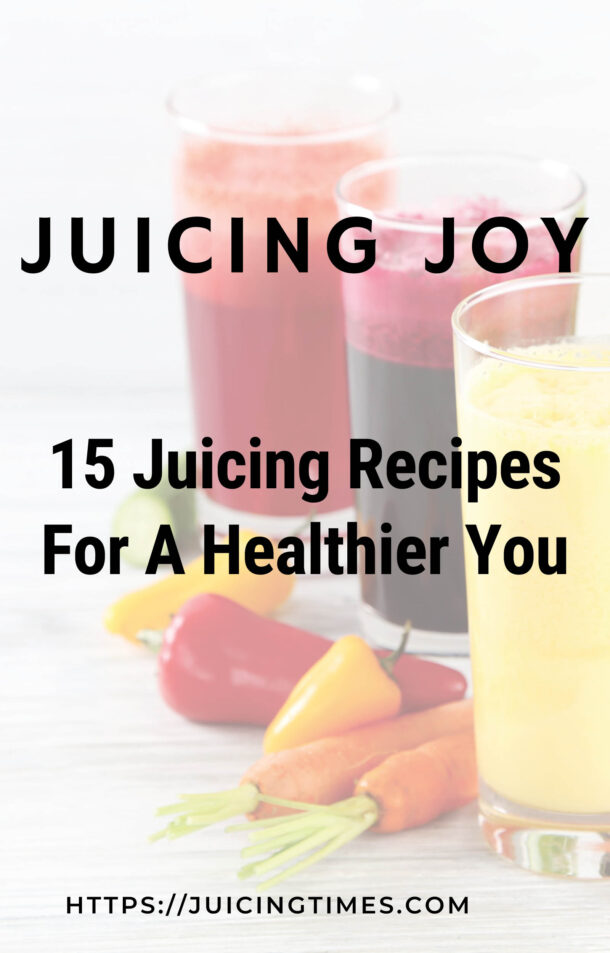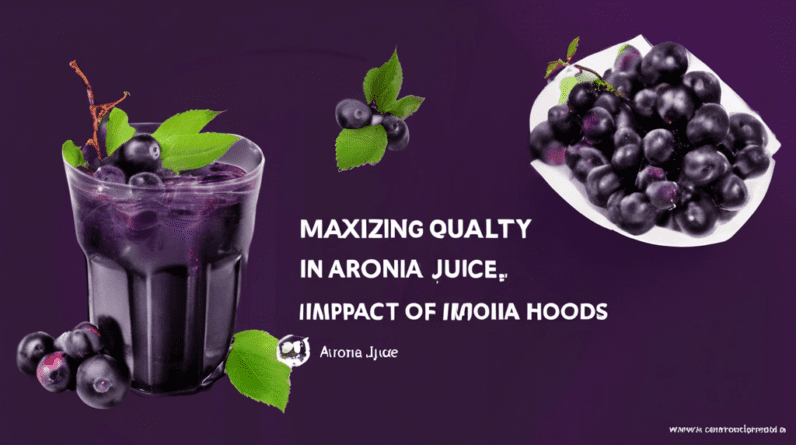
The recent study on the impact of various sterilization methods on the quality of Aronia melanocarpa juice (often referred to as chokeberry juice) has provided valuable insights for juice manufacturers and health-conscious consumers alike. With increasing interest in the health benefits of natural juices, understanding how different sterilization techniques affect juice quality is essential. This article will delve into the key findings from the study, focusing on sterilization methods, their effects on quality attributes, and implications for the juice industry.
Sterilization Methods and Their Effects
The study rigorously compared four distinct sterilization methods: ultra-high temperature instantaneous sterilization (UHT), thermosonication (TS), high hydrostatic pressure sterilization (HHP), and irradiation sterilization (IS). All these methods were evaluated for their effectiveness in ensuring microbial safety while maintaining the juice’s inherent quality. Remarkably, all sterilization processes demonstrated the capability of eliminating any detectable total bacterial count, E. coli, and mold and yeast, affirming their effectiveness in promoting food safety.
Different sterilization methods significantly impacted the juice’s physicochemical properties and organoleptic qualities. While HHP and IS treatments maintained pH levels relatively stable, UHT and TS treatments resulted in increased pH. Furthermore, UHT and IS notably reduced total soluble solids (TSS) and titratable acidity (TA), which can substantially influence the flavor and overall taste profile of the juice.
Palatability, Functional Components, and Environmental Impact
When analyzing palatability and browning, the findings revealed that thermosonication (TS) substantially improved the sweetness-to-sourness ratio, enhancing the overall palatability of the juice. In contrast, UHT and IS treatments led to increased browning, an undesirable attribute in juice quality. Interestingly, HHP was found to reduce browning, making it a favorable option for producers aiming to retain the visual appeal of their products.
Moreover, the study underlined the importance of functional components in Aronia juice, highlighting the superiority of TS and HHP methods in preserving total anthocyanins, polyphenols, and flavonoids, which are critical for the juice’s health benefits. TS treatment, in particular, demonstrated an impressive retention rate of 98.02% of DPPH capacity, indicating potent antioxidant activity compared to UHT and IS, which caused significant losses in these beneficial compounds.
The research emphasizes the environmental and economic benefits of non-thermal sterilization methods like HHP, which are deemed more sustainable compared to traditional thermal processes. This approach not only minimizes food waste and emissions but also positions these methods as economically viable for juice manufacturers aiming to improve product quality while adhering to sustainability goals.
Ultimately, the study suggests that thermosonication (TS) and high hydrostatic pressure (HHP) are the most effective sterilization methods for retaining the functional properties and vibrant color of Aronia juice. For juice manufacturers, these findings are pivotal, offering a roadmap to enhance product quality while ensuring safety, and highlighting the critical role of selecting appropriate sterilization methods to preserve the rich antioxidant properties and appealing color of Aronia juice.

